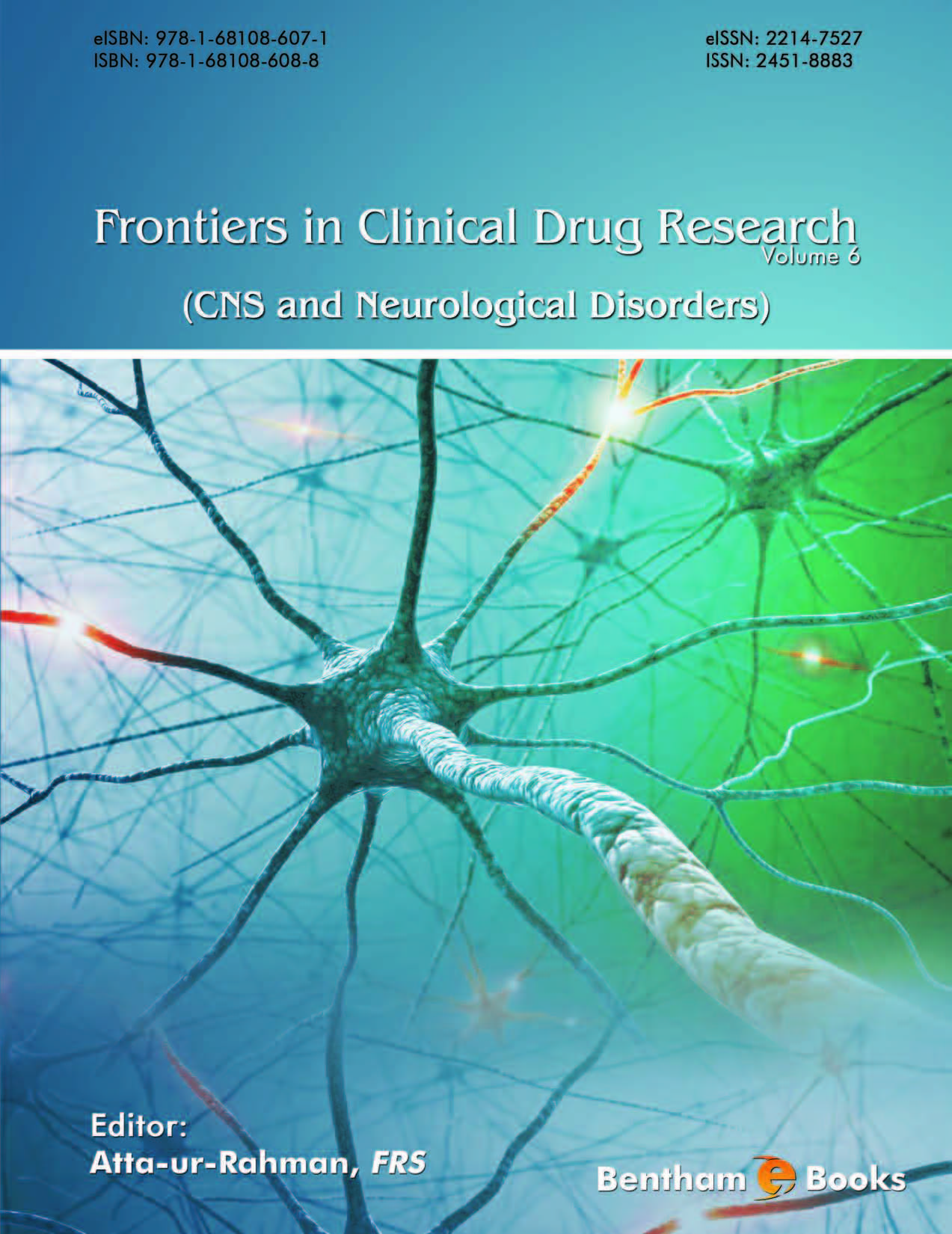Development of A "Theranostic Nano-Bullet" for Tinnitus: A Systems Neuroscience Approach for Receptor Targeting, Molecular Imaging, and Drug Delivery

- Authors: Anthony T. Cacace1, Aaron K. Apawu, Stephanie M. Curley, James Castracane, Magnus Bergkvist, Angela R. Dixon, Avril Genene Holt
-
View Affiliations Hide Affiliations1 Department of Communication Sciences & Disorders, Wayne State University, Detroit, MI, USA
- Source: Frontiers in Clinical Drug Research - CNS and Neurological Disorders: Volume 6 , pp 72-98
- Publication Date: September 2018
- Language: English
Development of A "Theranostic Nano-Bullet" for Tinnitus: A Systems Neuroscience Approach for Receptor Targeting, Molecular Imaging, and Drug Delivery, Page 1 of 1
< Previous page | Next page > /docserver/preview/fulltext/9781681086071/chapter-3-1.gif
The time is right for the development and implementation of a powerful new method to treat tinnitus. The necessity for this advancement centers on the observation that over 50 million individuals are affected by this condition, ~3 million are seriously disabled, effective treatments remain elusive, and there is no cure. To address this formidable problem, we describe a theranostic nanoparticle-based drug-delivery platform to localize and treat tinnitus by attenuating hyperactive neural activity in regions of the brain affected by this condition. The driving force underlying this approach centers on the multi-functionality of nanoparticles (NPs). Specifically, their exterior surfaces can be decorated with multiple ligands designed to cross the bloodbrain- barrier (BBB), target specific receptors in brain regions responsible for tinnitusrelated hyperactivity, have the ability to encapsulate contrast agents so that tinnitusrelated neural activity can be spatially localized in the brain using magnetic resonance imaging (MRI), and have their central core loaded with a pharmacological agent, enabling a payload of drugs to be delivered to those regions of the brain affected by this condition. In theory, this approach will attenuate and/or eliminate tinnitus-related hyperactivity; hence, markedly reduce or remove the tinnitus percept from consciousness. To date, an ex vivo model and in vivo animal experiments suggest that capsid-based NPs are able to cross the BBB, which is an essential first step for this technology to succeed. Optimization of NP concentrations, loading therapeutic and imaging agents, and further exploring over expressed receptor targets for delivery to specific brain regions are currently underway.
-
From This Site
/content/books/9781681086071.chapter-3dcterms_subject,pub_keyword-contentType:Journal -contentType:Figure -contentType:Table -contentType:SupplementaryData105

